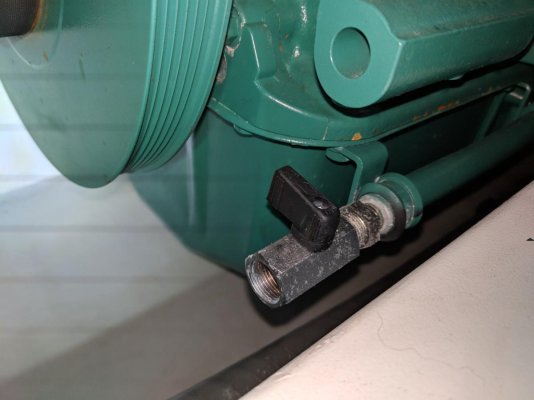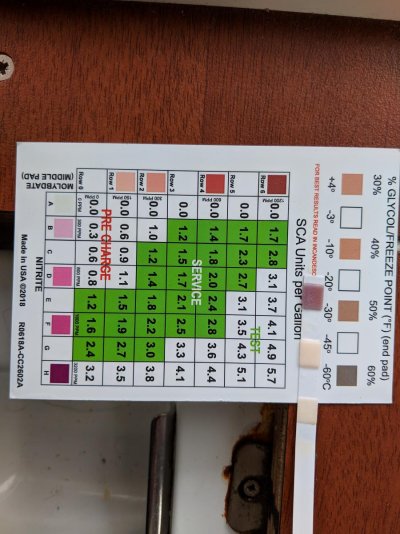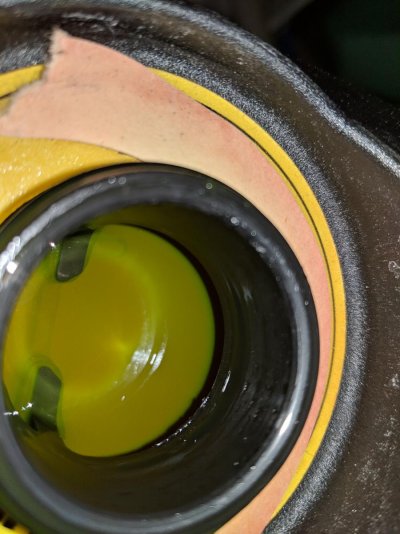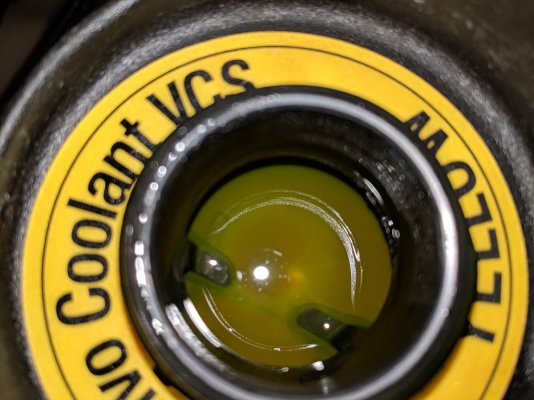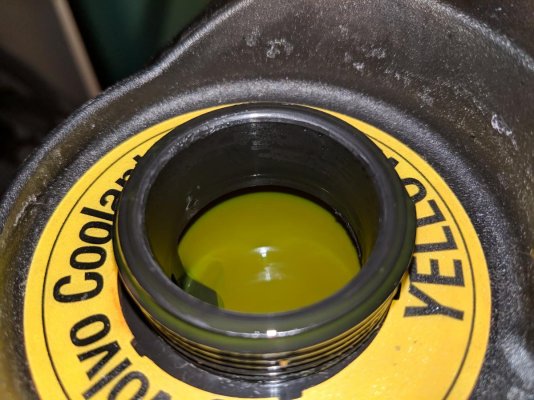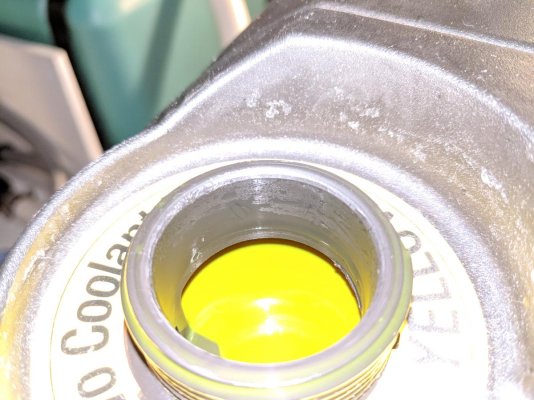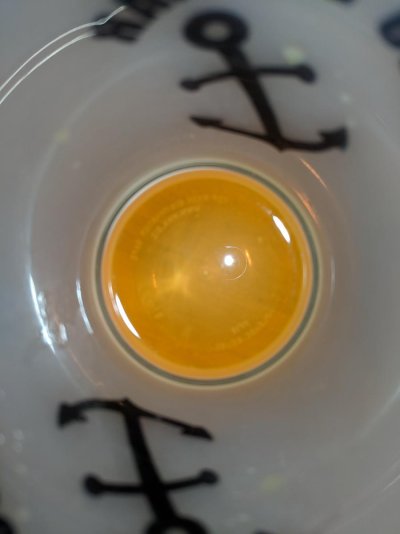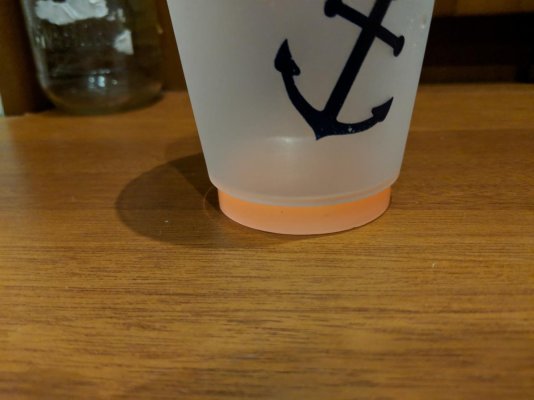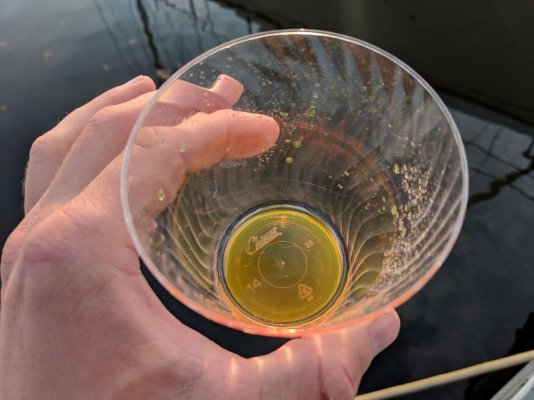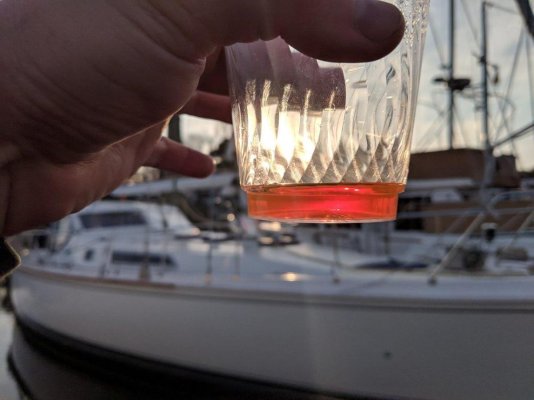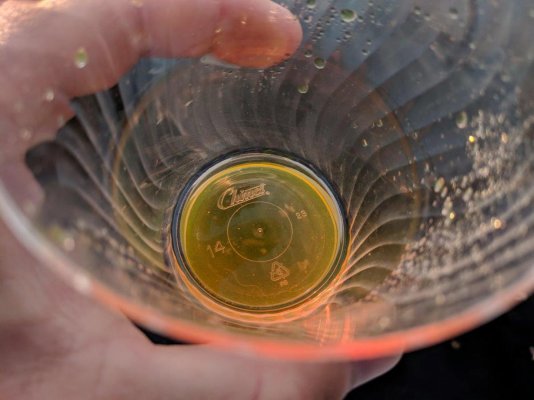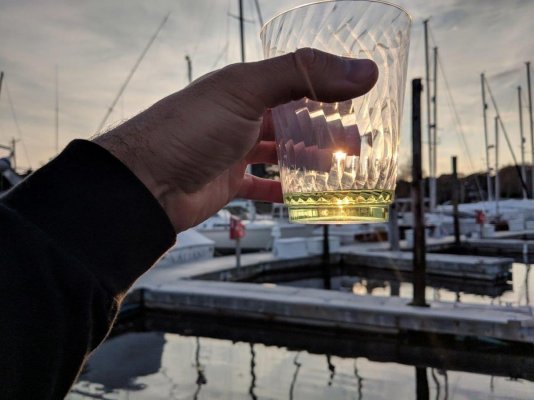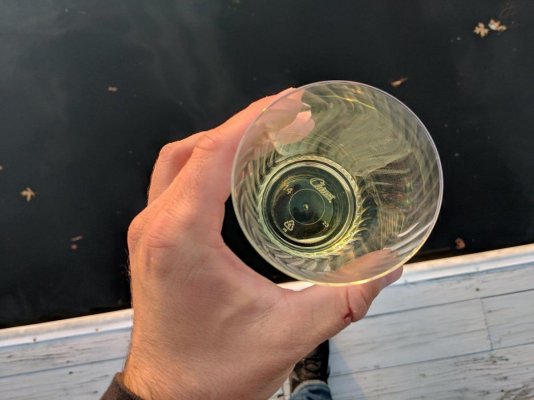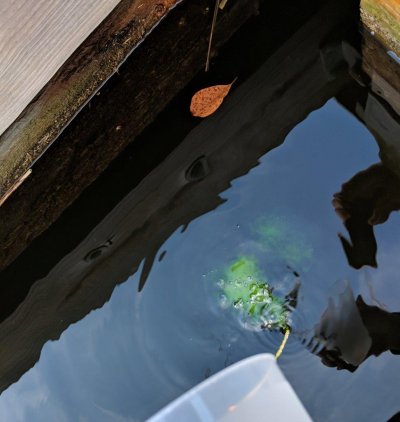Tom.B
Moderator Emeritus
- Joined
- Jul 30, 2009
- Messages
- 5,839
- Location
- USA
- Vessel Name
- Skinny Dippin'
- Vessel Make
- Navigator 4200 Classic
According to Volvo, the coolants can not only not be mixed but you can't change from one to the other. If the engine was shipped and run with green, it needs green for life. They published a way to change over but later retracted it. Something about hot spots on cylinder walls.
The best I can tell, they no longer sell the green in concentrated form, only pre-mixed.
Many Volvo parts are available from independent sources and there are third party replacements for many items including heat exchangers (Lenco). Enter "Volvo" and your part number in your favorite search engine.
I have never heard the green rule. I assume it is a manufacturer’s up-sell.
As for the part numbers... you need to call a qualified tech/shop and not assume Google is your friend here. It isn’t.


